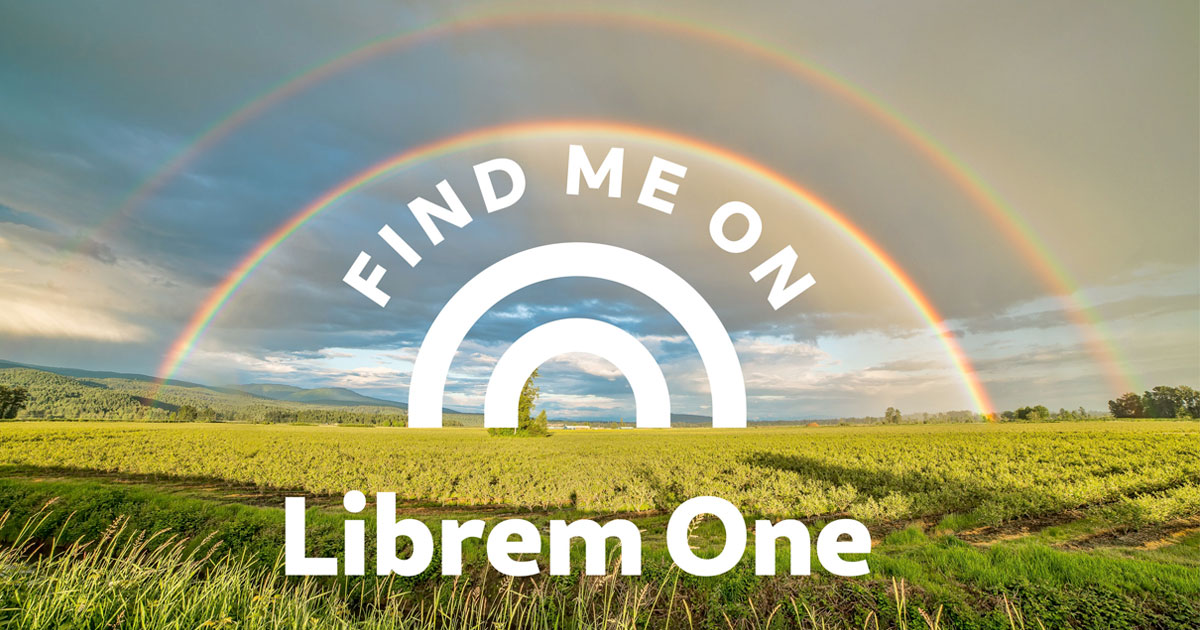It's funny how well a relatively low-resolution (max 1024 or 2048 pixels on either side), WebP-mangled 15-80 KiB image can get the message across.
Take a look at the images I've posted to this account; I'm always extremely purposeful on the images' resolution, format, and compression factor, even when posting from mobile (which I do most of the time). Very, very few of my images are over 100 KiB.
We're spoiled by our storage and bandwidth.
On corporate platforms, all images get the same amount of mangling, and many images get properly mangled by being decompressed and recompressed over and over again.
I love that #GoToSocial gives its users agency to choose how their images are encoded.
@rl_dane they don’t, they force webp for thumbnails now and explicitly rejected the option of sticking to frmats people can actually see
I'd be happier if AVIF was an option, but for low-fidelity, low-file-size images, WebP is ahead of JPEG.
@mirabilos @rl_dane
Wouldn't it be great if server software honoured the Accept header? 😩
Sad to know that GoToSocial sticks with WebP now — but I suppose it makes sense: you use Go, you have to play nicely with whole Google ecosystem. That is why I stay away from Go now — I really like the language, but not everything that comes with it.
My vote would be for AVIF. It seems to be the best format for low-fidelity, low-file-size, high-compression images for social media.
Firefox (&forks) can display it natively. Bummer about the lib, though.
No, I don't imagine so. "Modern" web browsers are ungodly-complex, they make Emacs look like a bootsector game.


 🍵
🍵 

@m0xee @rl_dane indeed; there are days I wonder if the decision for GtS was the best one, but given constraints it was probably still the right one, and they do incredible work, it’s just I don’t want to learn issue9… so I cannot fork if I end up must-ing